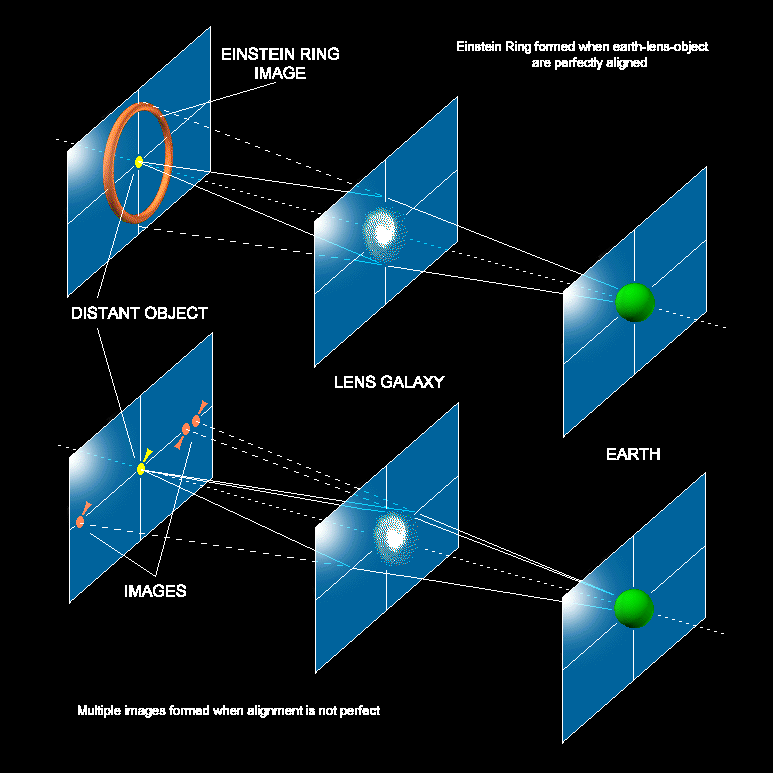Europe Sets Launch Plan for First Unmanned Cargo Ship
Artist's impression showing an ATV docking with the International Space Station.

The Automated Transfer Vehicle (ATV) in the ESA's acoustic test facility (LEAF).
PARIS - Europe's large unmanned space tug is undergoing final preparations for a maiden flight to the International Space Station sometime between Feb. 22 and March 9, with docking at the station likely to occur during windows of March 15-19 or March 30-April 5, program managers said Tuesday.
At a briefing at European Space Agency (ESA) headquarters here, ESA and industry officials said the Automated Transfer Vehicle (ATV), has passed most of its key pre-launch milestones at Europe's Guiana Space Center spaceport in French Guiana.
The ATV is designed to carry food, water, fuel and other supplies to the space station once every 18 months or so. It will also reboost the station into its operating orbit. Flying at between 217 and 267 miles (350 and 430 km) in altitude, the station gradually loses altitude because of the force of the Earth's gravity and because of atmospheric drag at that altitude.
The ATV has three times the cargo capacity of Russia's Progress vehicle and is being developed by ESA as part of a barter arrangement with NASA. Instead of paying cash for its share of the station's common operating costs, and also to secure additional astronaut access, ESA is providing ATV and other gear.
So far, ESA nations have spent some 1.3 billion euros ($1.9 billion) on developing the ATV, a figure that includes the first launch. The agency currently plans to build four other ATVs, with the second due for launch in 2010 - assuming the first flight occurs without a hitch.
For this first ATV, called Jules Verne, ESA, NASA and Russia's Roskosmos space agency have agreed on a go-slow approach as the 42,108-pound (19,100-kg) tug, operating automatically, nears the station and docks to it.
To be sure the vehicle responds to commands, it will be ordered to stop at various distances from the station, then withdraw and wait for further instructions.
Program managers estimate that following ATV's launch aboard a specially designed European Ariane 5 rocket, it will take about 10 days for the vehicle to climb to the station's orbiting altitude.
Depending on the traffic at the station, ATV may be sent into a parking orbit to wait for the U.S. space shuttle, or a Russian Progress vehicle, or a Russian Soyuz manned capsule to complete its mission at the station and depart.
John Ellwood, ESA's ATV mission manager, said ATV operations require the use of NASA's Tracking and Data Relay Satellite System, TDRSS, whose capacity will be fully used during shuttle launches. The next shuttle launch, of Europe's Columbus space station laboratory, is currently scheduled for Feb. 7.
ATV's need for TDRSS is minimal if the vehicle is parked at a safe distance from the station while waiting for a docking opportunity, Ellwood said, meaning that the launch date is not directly dependent on whether the Feb. 7 shuttle launch is further delayed.
In addition to needing to steer clear of other traffic to and from the station, ATV's rendezvous and docking schedule is governed by the position of the sun relative to both ATV and the station, Ellwood said.
ATV's final approach to the station is guided by lasers. Ellwood said mission managers want to avoid having direct sunlight in front of the vehicle as it chases the station to avoid confusing the laser guidance.
In addition, the station's astronauts will be monitoring the approach of ATV using a small camera mounted on board the station. To maintain a clear view, the maneuver must occur when the sun is not shining directly into the camera, Ellwood said.








































